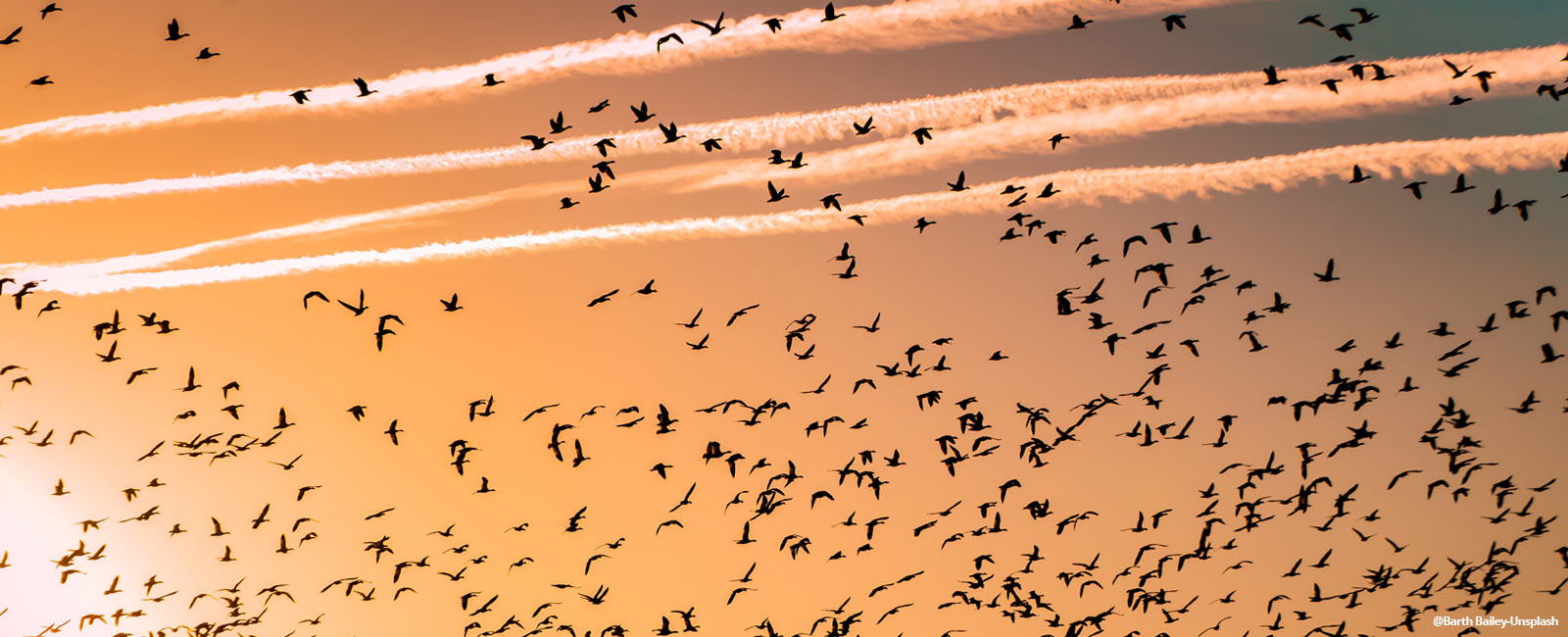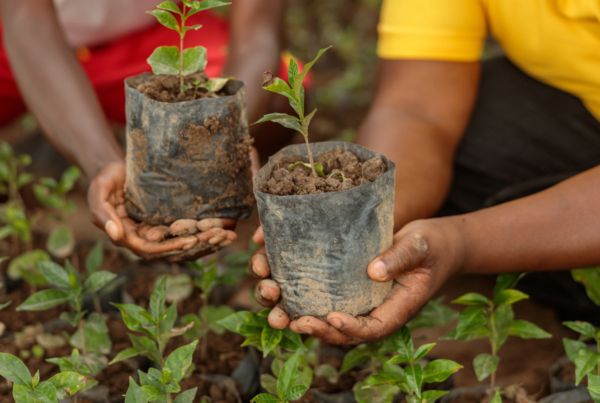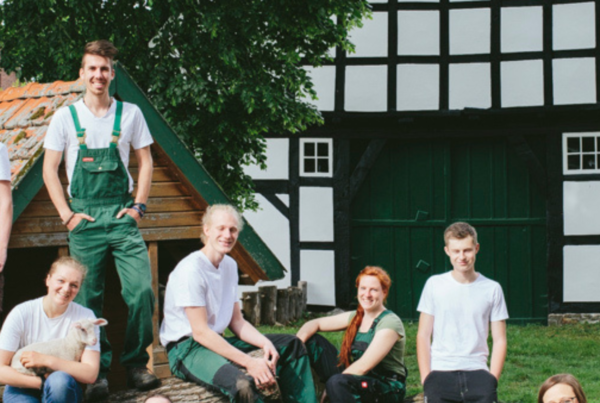What do the barn swallow, the common crane, the greater flamingo, montagu’s harrier, and pelicans have in common? Yes, certainly they are all birds. But what kind? They are migratory birds. Their existence is threatened by the expansion of agriculture and unsustainable agricultural practices.
Whether they are moving within a locality, from one state to the other, or from one continent to another; they can move from a few to thousands of kilometres in a flock or solo. Some birds travel without taking a break; from the small hummingbirds (900 km) to the large albatross (15,000 km). Most migratory birds fly but some migrate by walking or swimming (or both), like the penguins.
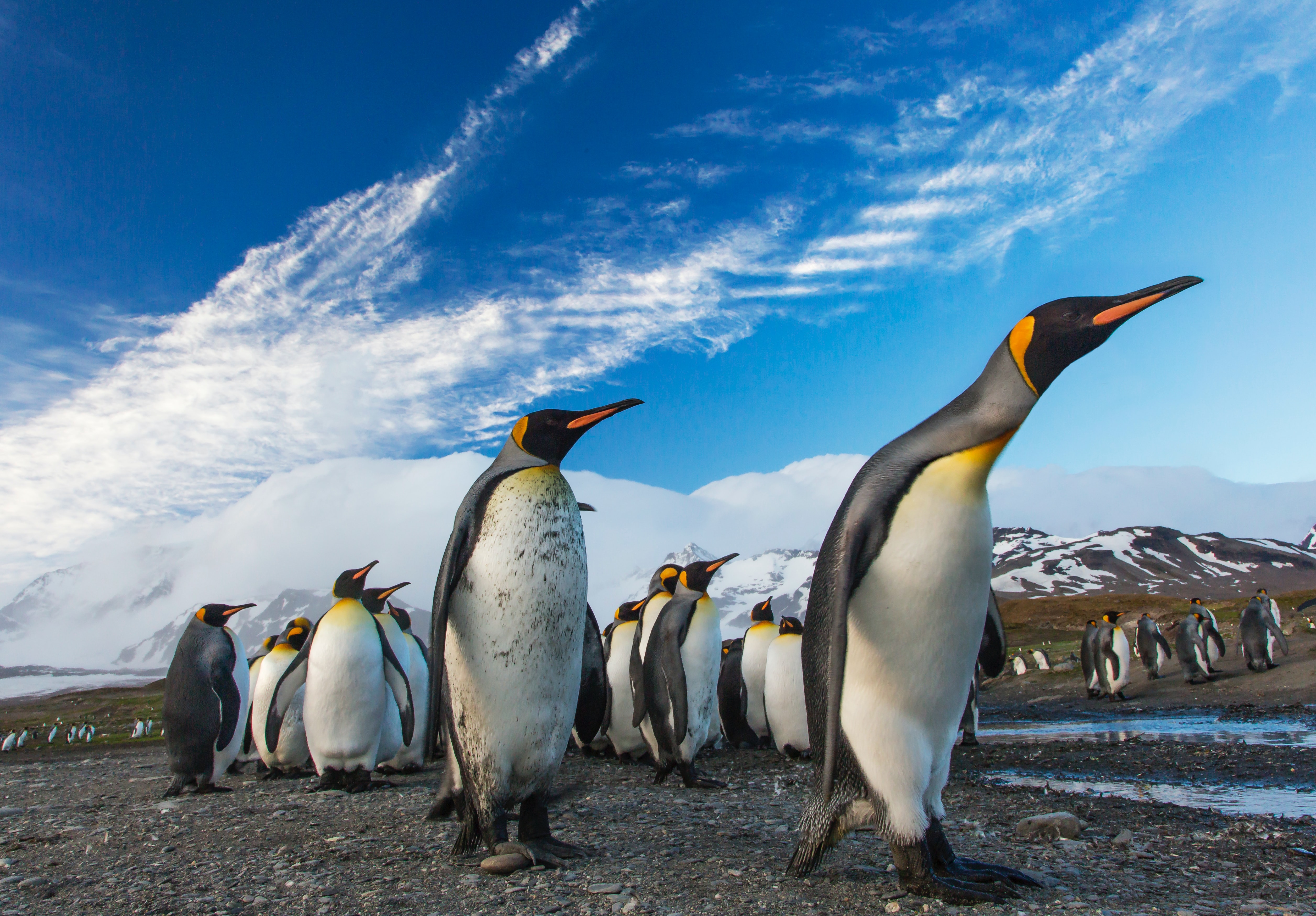
The king penguins are part of migratory birds that don’t fly © Ian Parker
As we celebrate the World Migratory Bird Day on 9th May 2020, under the theme “Birds Connect our World”, we would like to shine a special light on the long-distance migratory birds that travel by flying. From the storks and swifts that travel from Europe to Africa, to the broad-winged hawks and the greater yellowlegs that travel from North America to South America.
These birds embark on an exhausting, stressful, and dangerous journey to move from one place (usually their breeding homes) to another, and back. This journey is made more uncertain when growing fields of monocultures shrink their habitats and the abundant use of pesticides in industrial agriculture is killing insects and fish, the main source of food for many of them. But if it is not a vacation and it is such a deadly journey, why fly thousands of kilometres?
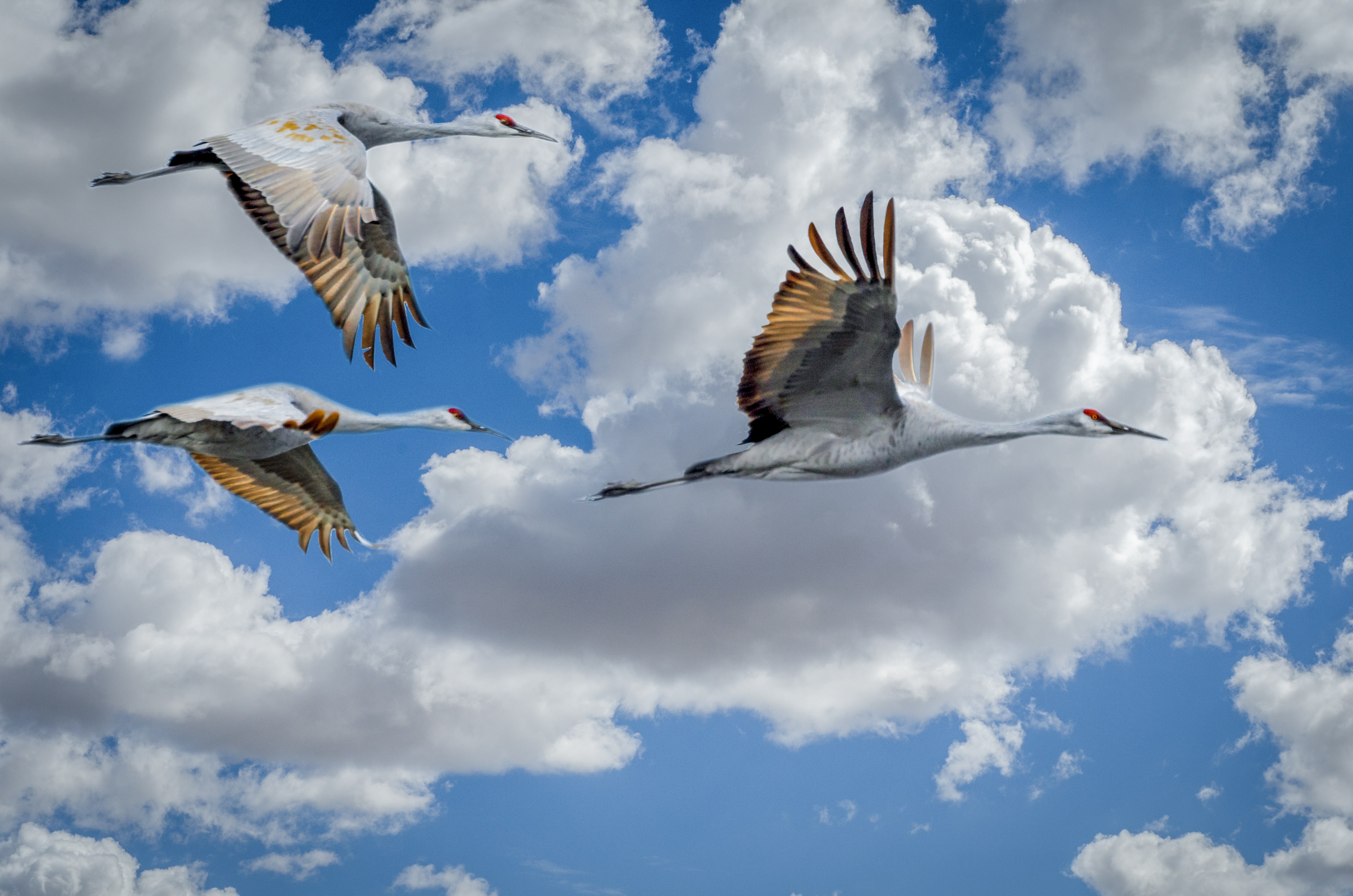
Sandhill cranes can travel for 300 km a day during their annual migration © Chris Briggs
Why migrate?
As human beings, our most basic needs consist of air, food, and water. The same needs are essential to the survival of members of the entire animal kingdom. Much as it may influence their movement, temperatures are not a direct reason why birds migrate. Food is! And due to intensive agriculture, it is becoming increasingly hard for these birds to access it.
“Most birds travel across long distances in search of places that would provide them with an abundance of food for a period of time, before they return to their originating homes”, shared Gábor Figeczky, the Head of Global Policy at IFOAM – Organics International. At the same time, these birds also migrate to look for nesting sites where they cannot only inhabit, but also breed.
“Birds like swallows, for example, travel to Africa during the winter in Europe when food resources are limited”, he continued. They return during the spring to nest in Europe, when there should be an abundance of biodiversity, from vegetation to insects. Unfortunately, the industrialization of agriculture is heavily affecting this.
A short video showing the important role of birds like the barn swallow
Long distance migratory birds travel over 25,000 kms which could be done over a course of 2 months. With such long distances to cover, these birds need resting places along the way. These range from spots of forests and meadows to wetlands and water bodies, where the birds can stop to rest, regain their strengths, quench their thirst, and restock their bellies with food for the journey ahead.
A landscape teeming with biodiversity is the most important feature of a resting place for these birds as they not only provide food and water, but shelter as well.
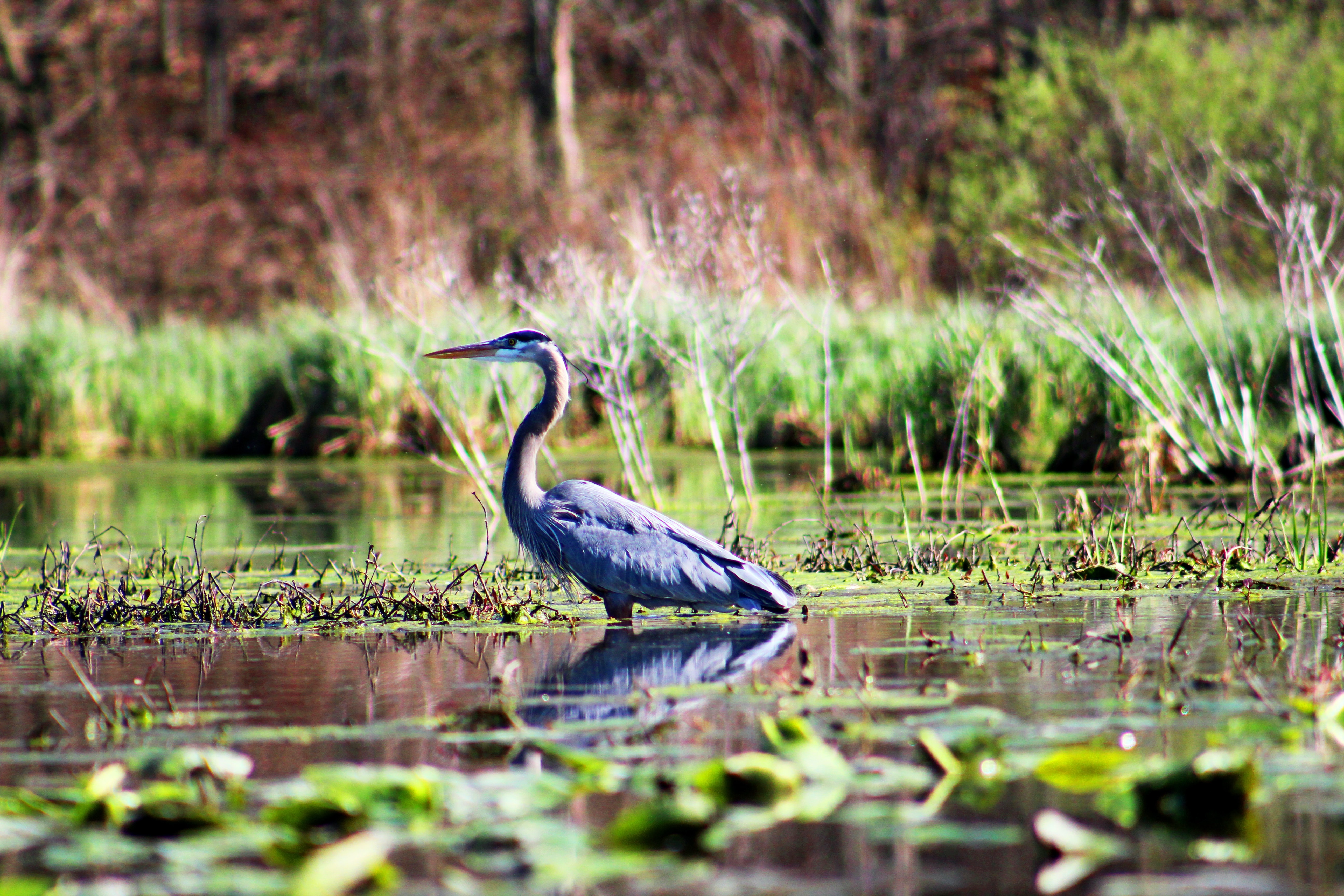
Such wetlands are a favorable resting place for migratory birds © Tyler Butler
Imagine you have an annual journey of 600 km that you always take every year by bike. For the past 5 years, you have biked on the same route, towards the same place. You know 6 resting places that you have always stopped at to rest, refresh, stock up for the next journey. However, this year, you travel along the same path and these resting places are no longer there. Instead of the usual kiosks, camping grounds or diners, that you always stopped at to rest, you find vast fields of only cereals being grown, apartments being built (where you are not welcome), or drilling establishments being sent. There is no space to neither set up camp, nor to get food on not only your first or second stop, but also the third and fourth. Now multiply this experience over 100 times. This is the predicament of the migratory birds today.
Changing landscapes, changing patterns
With the ever-increasing growth in globalisation, there is a definite impact on the environment. This is where agriculture comes greatly in to focus. Certain agricultural practices, like intensive agriculture, may increase yield, but negatively impact (both directly and indirectly) the landscape.
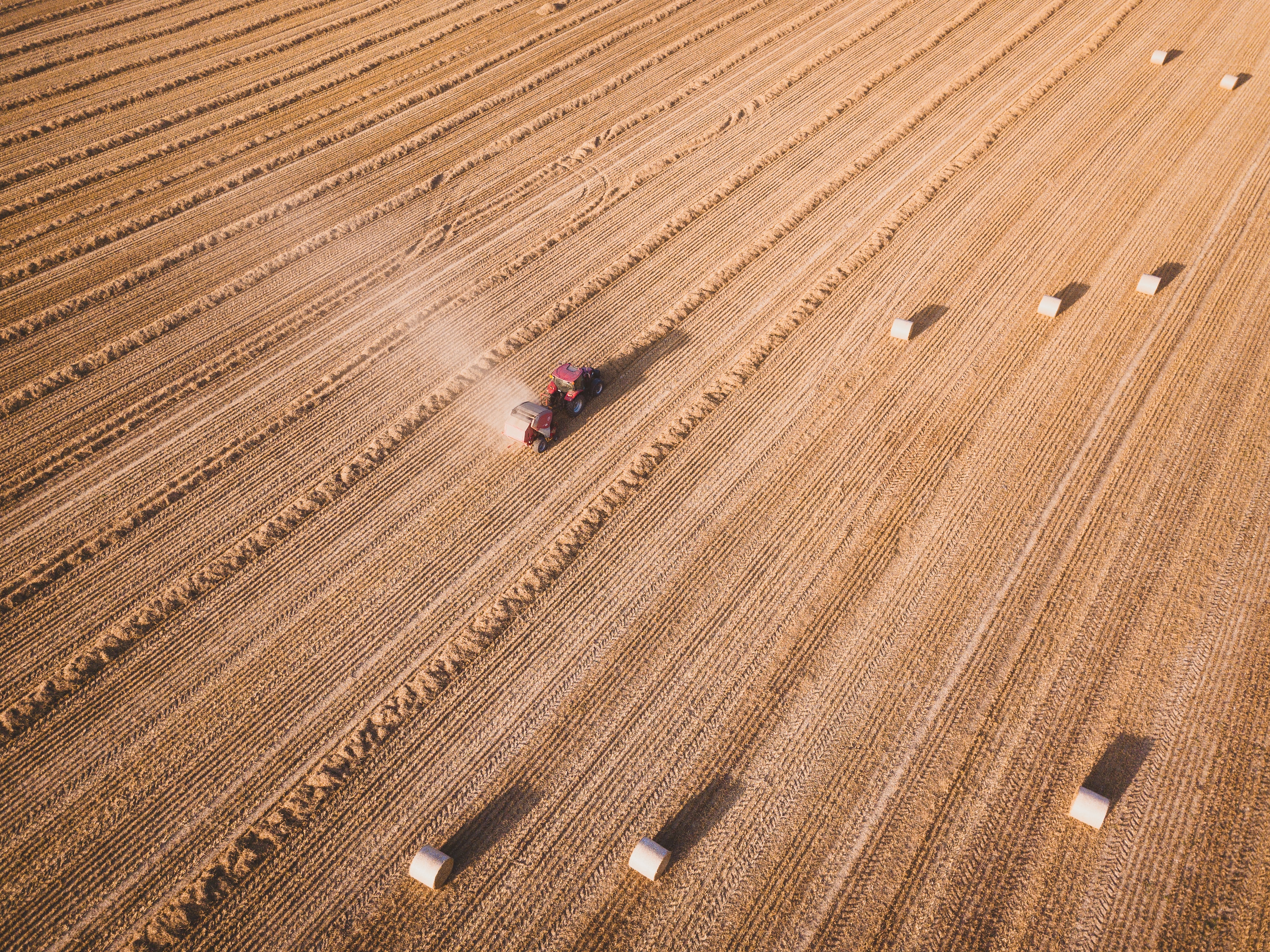
Hay being harvested on a landscape altered by intensive agriculture © Ivan Bandura
Intensive agriculture is characterised by the intensive use of inputs like artificial and chemical fertilizers and pesticides, the use of growth hormones for plants and animals, the use of massive land fields, large monocultures, and more. Practices like this not only lead to soil degradation, but cause pollution, a loss in biodiversity, and habitats for wildlife.
With the worms and insects dying off from the chemical inputs, wetlands being drained, forests being cut down, in favor of intensive agriculture, this leaves the migratory birds in a huge dilemma especially when all their resting places have no food, water, and shelter. If they don’t find food, they die or those who survive abandon the sites and don’t return.
“You have probably experienced it yourself when driving e.g. from Western Europe to the East. First, you hardly get any insects splattered on your windscreen, then the frequency gradually increases as you arrive within the Balkans and you leave the vast fields of heavily sprayed monocultures behind. Intensive agriculture takes a big toll on insects, which then has a direct effect on bird populations.”, Figeczky pointed out.
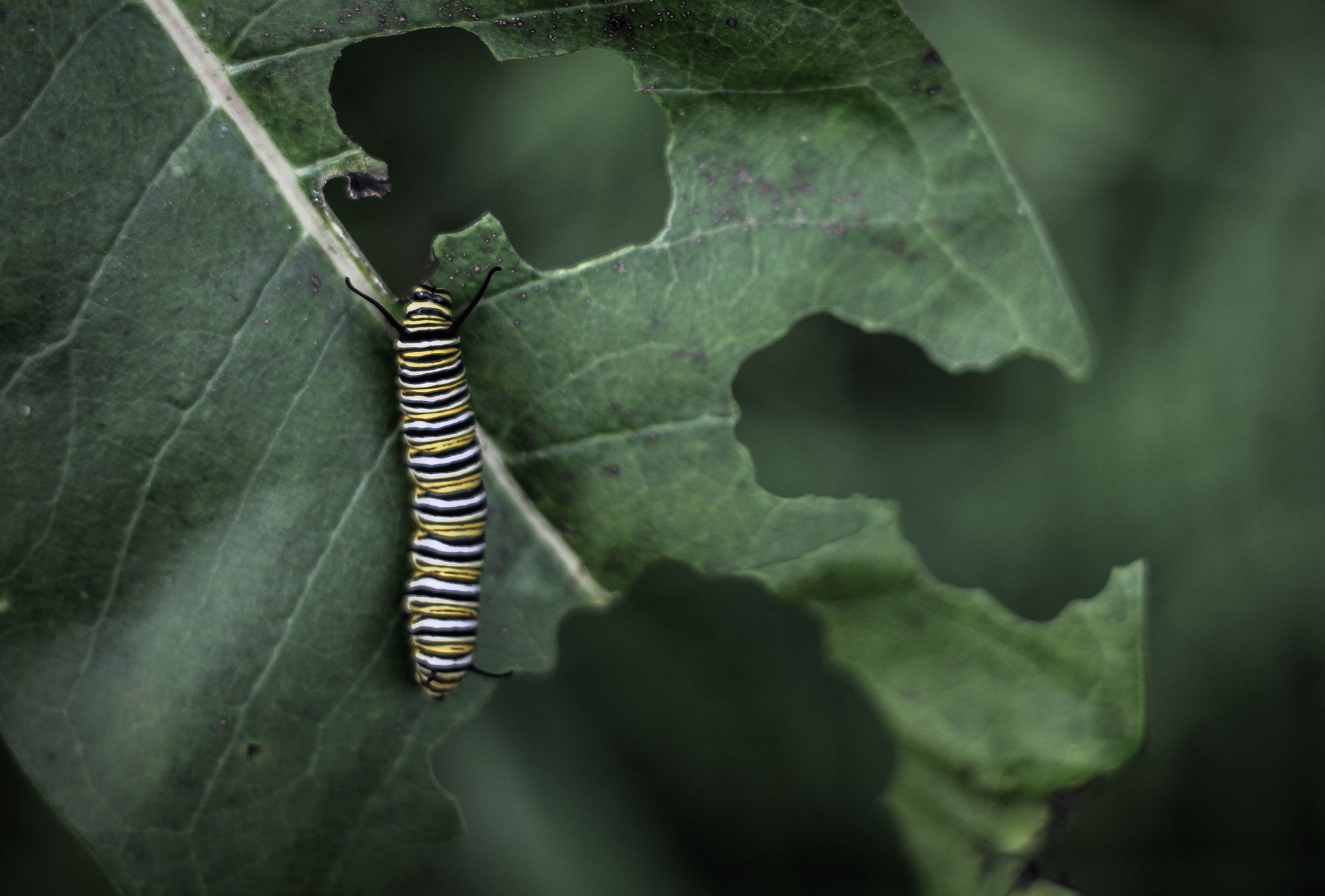
Such insects like caterpillars are eaten by the birds © Luke Brugger
Embracing organic agricultural practices like avoiding the use of generic insecticides and using natural enemies and pheromone traps instead to control pest population is not only healthy for the environment, but also for human’s health.
What can we do to support migratory birds?
On an individual level, we can support birds in general by:
On a societal level, we should urge policy makers to design and promote schemes where farmers are remunerated in terms of payments when they maintain or restore nature.


